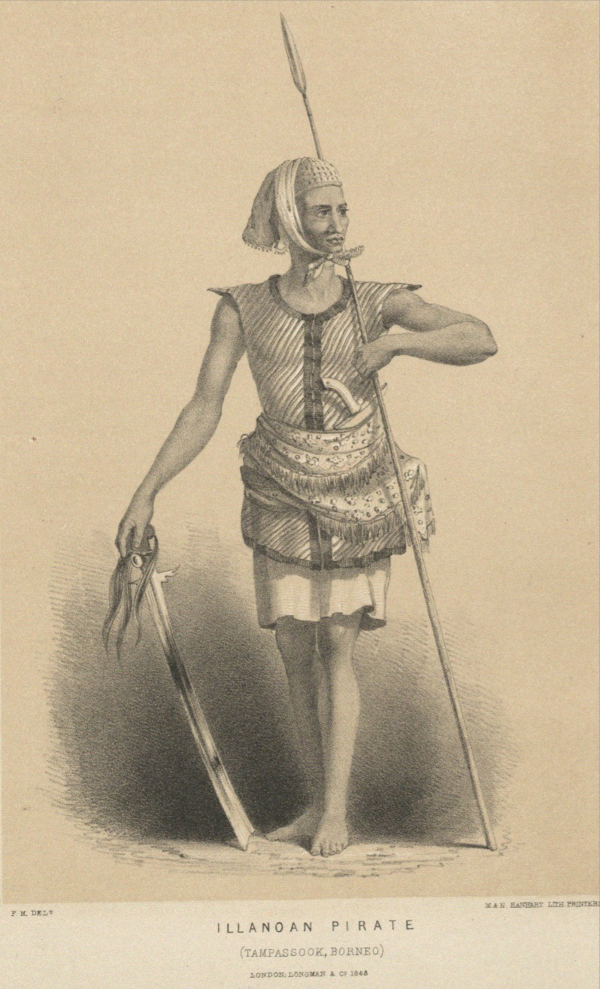Islamization and the Philippines
While the concept of Islam was spread by converted Bania (a community of merchants, bankers and dealers) in the early pre-colonial times, it wasn’t until 1380 when Islam truly began to flourish on the archipelago.
It was during this year that Makhdum Karim, the first Islamic missionary to visit the islands, made an official visit. Once the Islamic faith was introduced to the region, subsequent missionaries began to arrive of various backgrounds including Arab, Malays and Javanese, and this helped to strengthen the reach of the Islamic faith over the archipelago. However, in many areas this would have little effect on the long-term religious beliefs of the locals, who were soon to be swayed towards Christianity as a result of Spanish colonisation.

Unaware of the forthcoming arrival of the Spanish, the Muslim empire continued to spread across the Philippines. This was mainly led by the Sultanate of Sulu, the largest Islamic kingdom in the islands, which was also expansive enough to encompass parts of Indonesia and Malaysia. The royal house of the Sultanate was founded by explorer and religious scholar Sharif ul-Hashim and the royal house claimed to have descended from Muhammad.
Many Islamic missionaries also used issues within the Majapahit Empire as an opportunity to spread the word of Islam further across Southeast Asia. Around the year 1405, for instance, the war over succession within the Majapahit Empire ended but it was around this time when Muslim traders introduced Islam into the Hindu-Malayan empires. As a result of this, the southern half of Luzon and the islands that lay south of it fell under Muslim control and were subject to the Muslim sultanates of Borneo for the next century.
However, this hold on the Philippines was loosened rapidly following the arrival of the first Spanish colonists, who first looked upon the islands of the Philippines as early as 1521.
MLA Citation/Reference
"Islamization and the Philippines". HistoryLearning.com. 2026. Web.
